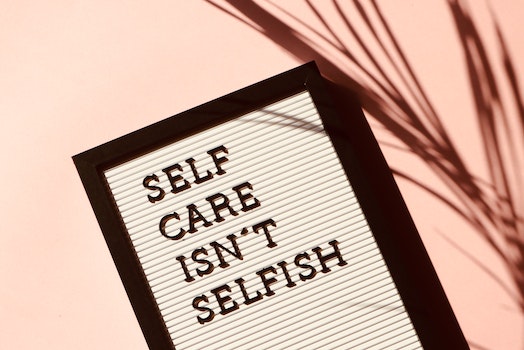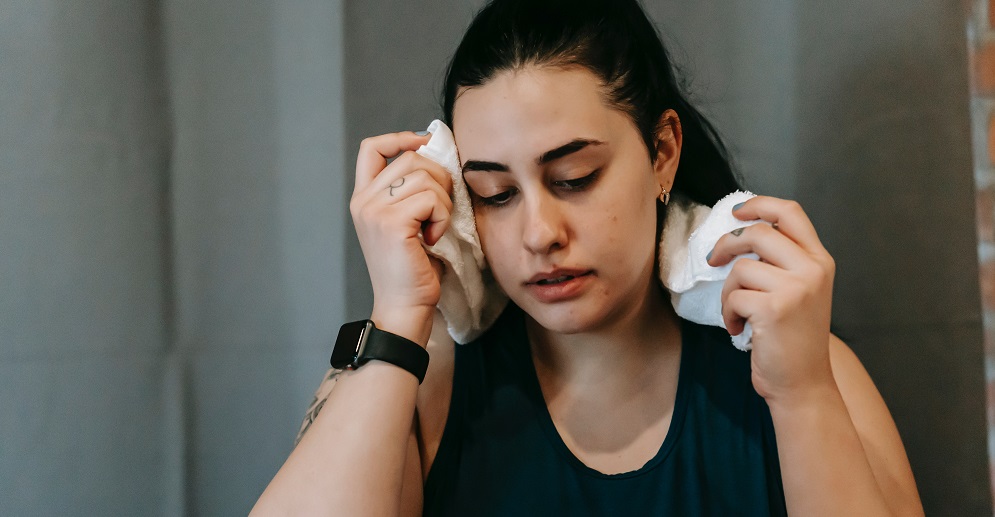Most people experience a good deal of anxiety on a daily basis. Work is often the basis of stress for many people, while others might feel anxious about their home life and family obligations. Others still experience a genuine anxiety disorder, which can cause constant bouts of anxiety and panic attacks.
When attempting to get a handle on your anxiety, you must first know what you're dealing with. Understanding the difference between daily anxiety and a more serious disorder is the first step to getting help and improving your life. Here are a few things to consider if you experience a great deal of stress on a regular basis.
Normal Anxiety vs. Anxiety Disorder

Anxiety plays a very crucial role in assessing and preparing for risks. For instance, anxiety about a big work project can motivate you to do your best and ensure you're truly prepared. In this case, the feeling is proportionate to the event or task you're facing. These feelings are relatively easy to manage, meaning they don't impede your life in any way.
On the other hand, an anxiety disorder can cause intense feelings of panic and stress within ordinary situations. Additionally, feelings of anxiety are so intense that they make it challenging to function normally. Anxiety disorder can manifest in a few ways, including:
- Generalized Anxiety - Generalized anxiety causes a chronic feeling of worry about everyday events. Worry often becomes excessive and prevents a person from living life to its fullest.
- Panic Disorder - Panic attacks involve intense bouts of fear and anxiety that seemingly come from nowhere. They can also cause physical symptoms, such as shortness of breath, nausea, and dizziness.
- Phobias - Phobias are irrational fears related to specific objects or events. When you encounter the subject of your phobia, you're likely to experience intense fear and panic.
- Social Anxiety - People can also be intensely fearful of social situations. This can entail difficulty speaking with people one to one, as well as fears about speaking in public or being surrounded by a crowd.
- Separation Anxiety - While children are most susceptible to this form of anxiety, adults can also experience it. It's characterized by intense fear when being separated from a loved one, even for a short period of time.
Anxiety disorders typically last six months or more. They can lead to additional symptoms, such as problems sleeping, ongoing fatigue, tension in the muscles, and irritability. They can often be confused with regular anxiety or some other health issue.
How to Get Help When Feeling Stressed and Anxious

There are a number of techniques you can use to manage daily stress and worry. If you feel anxious at work, take frequent breaks to clear your head. If possible, take a walk around the office or around the building. At home, incorporate relaxing activities into your routine to unwind after a long day. Things like yoga and meditation are easy to perform at home and offer numerous mental health benefits.
When it comes to anxiety disorder, you must seek professional assistance. Mental health counseling is beneficial for identifying negative patterns in thinking and overcoming them. A counselor can also help you develop healthy coping mechanisms to use during times of stress and worry. While it can depend on the severity of the symptoms, medication is also beneficial for people experiencing panic attacks and extreme bouts of anxiety.
Take Control of Your Health and Wellness

No one should have to live their life mired in a cloud of worry. It is possible to lead a happy life and reduce stress when you take the right steps. By taking control of your mental wellness, you'll experience greater fulfillment personally and professionally.





